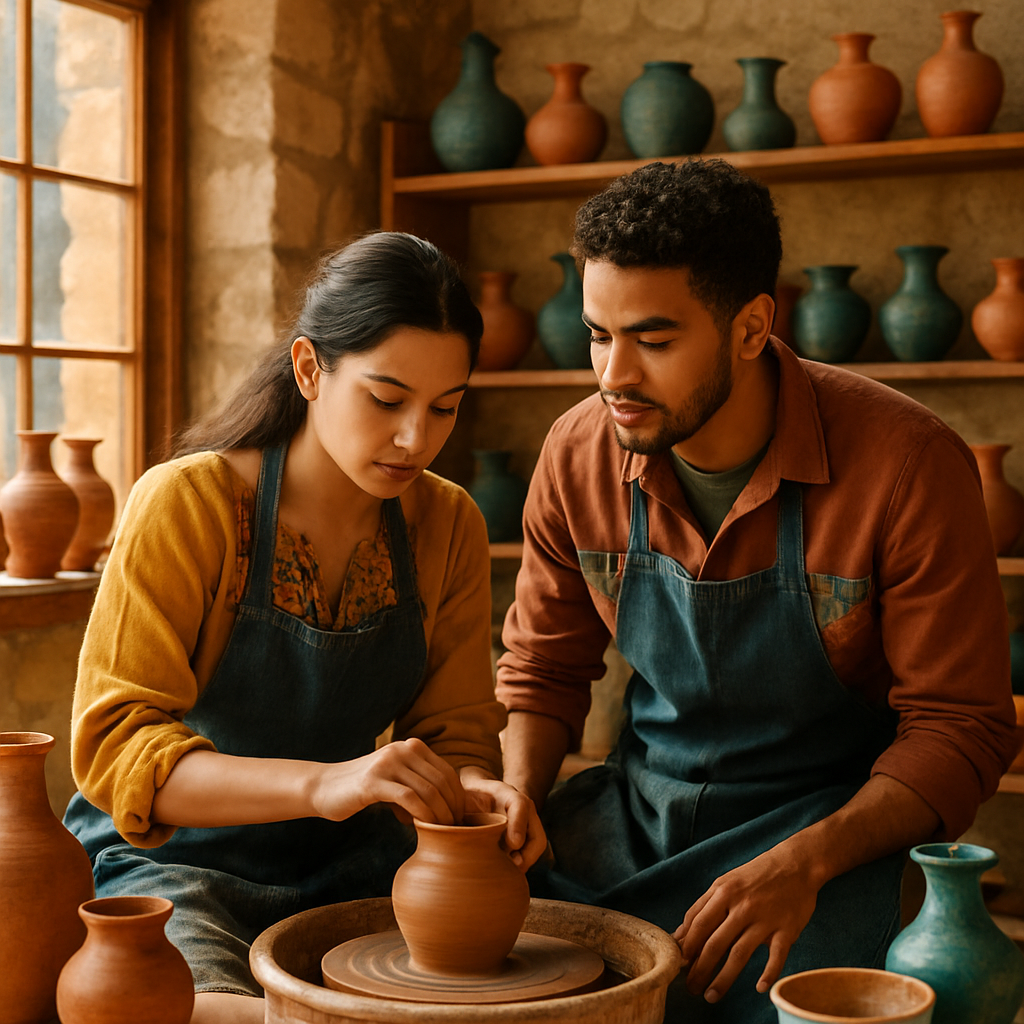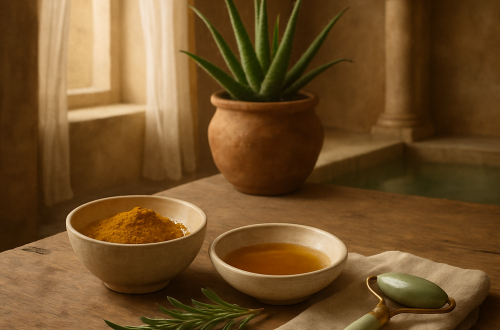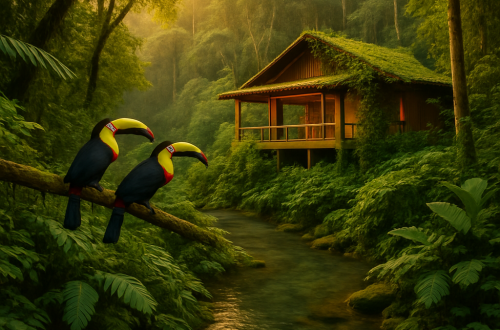Rediscovering Traditions How Millennials Are Reviving Ancient Cultures

There’s something beautifully comforting about the old ways, isn’t there? The feeling of nostalgia mixed with curiosity about times we never lived through is both intriguing and exhilarating. Lately, it seems like there’s a growing number of millennials who are dusting off these ancient traditions and bringing them back to life, almost like a cultural renaissance of forgotten arts. Let’s dig a little deeper into how this generation, often seen as the tech-savvy crowd, is turning towards the past to enrich the present.
Rediscovering Ancient Arts
It’s fascinating how the hustle and bustle of the modern world hasn’t dulled our appetite for the old crafts. Millennials are not just passively interested many are actively reviving these traditions through workshops, online communities, and social media. The popularity of crafts like weaving, pottery, and even blacksmithing is rising. There’s a sense of accomplishment in creating something tangible with your hands.
I once met a young woman named Lily at a local market who was selling beautiful handwoven textiles. She told me she picked up weaving after a visit to her grandmother’s village in Peru. Inspired by the vibrant colors and the intricate patterns, she decided to learn the craft herself. Now, she runs workshops and has even started a YouTube channel to teach others. It’s not just about the craft itself, though; it’s about community, history, and a shared sense of purpose.
Food as a Cultural Revival
Let’s not forget food a universal language of tradition. The resurgence of ancient grains like quinoa, farro, and spelt in our kitchens is more than just a health trend; it’s a nod to the agricultural practices of our ancestors. You might have noticed your local bakery offering sourdough bread made with heirloom wheat. This isn’t just about flavor although let’s be honest, it tastes divine but about connecting with the roots of culinary traditions.
I remember trying my hand at making kimchi after watching a Korean grandmother demonstrate the process on YouTube. It’s crazy how something so simple a mix of cabbage, chili, and spices can carry such a profound cultural significance. I butchered my first batch, but the second one was surprisingly good. There’s something to be said about the patience and care required for fermentation, an art that’s been practiced for centuries. It’s almost meditative, in a way.
Language and Storytelling
If you think about it, language is another area where millennials are making strides in preservation. Learning ancient languages, whether it’s Latin, Sanskrit, or even the nearly extinct indigenous tongues, is becoming more popular. Apps like Duolingo now offer courses in Hawaiian and Navajo, which is pretty neat. It’s more than just learning to speak; it’s about unlocking stories and wisdom from the past, preserving them for future generations.
Interestingly, storytelling itself is seeing a renaissance. Podcasts and storytelling events are encouraging the verbal tradition of passing down tales. This is where ancient myths and fables find new life, with a contemporary twist. Remember the last time you sat around a campfire and shared ghost stories? There’s a bit of magic there, a timeless connection that transcends screens and digital interaction.
Fashion and Sustainability
Fashion is one place where this revival is both visible and tangible. Millennials are not only interested in vintage clothing but also in the techniques that created them. The rise of sustainable fashion is heavily intertwined with traditional methods of dyeing, weaving, and sewing. There’s a growing rejection of fast fashion in favor of slow fashion, where clothes are crafted with care, often using materials that hark back to older times.
Kintsugi, the Japanese art of mending broken pottery with gold, has surprisingly made its way into fashion. Designers are using this philosophy to create pieces that embrace imperfections, turning flaws into something beautiful and unique. It’s a fascinating intersection of art, philosophy, and sustainability.
The Spiritual and Philosophical Revival
Beyond the tangible, there’s a rekindling of interest in ancient philosophies and spiritual practices. Yoga, of course, is a prime example, but there’s also a growing curiosity about Stoicism, Taoism, and other age-old wisdom. Maybe it’s because these philosophies offer a different perspective, one that’s surprisingly relevant in our chaotic lives.
Take Stoicism, for example. Stoic thoughts like those from Marcus Aurelius or Seneca are being revisited and discussed in podcasts, books, and even meme culture. It’s oddly comforting to know that people thousands of years ago were grappling with the same existential questions we face today.
Challenges and Controversies
Now, here comes a bit of a sticky wicket the question of cultural appropriation. As millennials revive these traditions, there’s a fine line between appreciation and appropriation. How do we ensure that these practices are respected rather than commodified? It’s a tricky balance, one that requires sensitivity and respect for the cultures from which these traditions originate.
I used to think it was pretty straightforward love the culture, honor its roots, what’s the harm? But now I’m not so sure. There’s an argument to be made for ensuring that the original communities benefit when their traditions are shared or commercialized. This is where awareness and education come into play, helping to foster a respectful exchange rather than a one-sided appropriation.
A Personal Reflection
Reflecting on all this, I can’t help but admire the enthusiasm and passion millennials have for reviving these ancient traditions. Remember that old saying, “What’s old is new again”? It certainly rings true. The beauty of it all lies in the blend of past and present, creating a richer tapestry for our cultural landscape. We’re not just preserving history; we’re breathing new life into it, making it relevant for today and tomorrow.
And perhaps, in reconnecting with these roots, we find a little piece of ourselves along the way, a reminder that we’re part of something much larger, something timeless. So next time you see a pottery class or stumble upon a recipe for ancient bread, maybe give it a try. You never know what old wisdom you might uncover.


